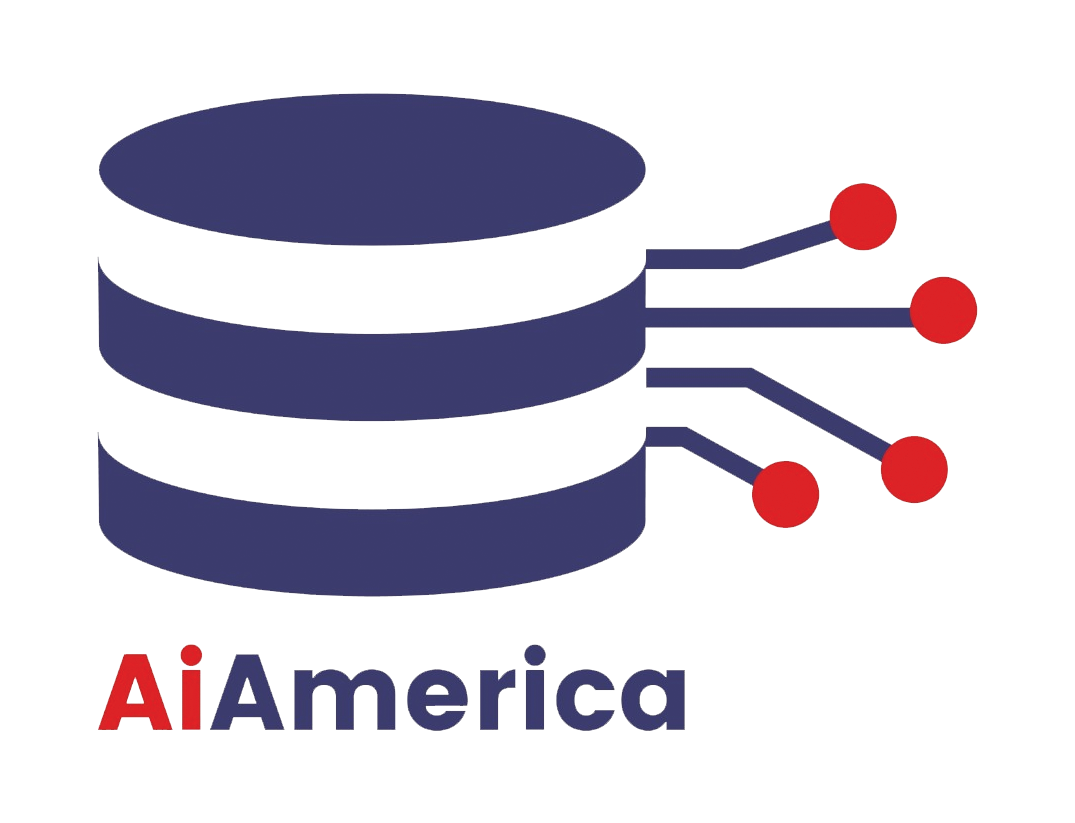
Close

Introduction:
In the vast landscape of data analytics, uncovering hidden structures and patterns within unstructured data is a recurring challenge. Enter DBSCAN (Density-Based Spatial Clustering of Applications with Noise), a powerful unsupervised learning algorithm. In this blog post, we’ll take a deep dive into DBSCAN, exploring its core concepts, applications, and how it revolutionizes the way we cluster data.
Chapter 1: The Clustering Conundrum
The Significance of Clustering
Understanding why clustering is pivotal in data analysis and decision-making.
Challenges in Traditional Clustering
Highlighting limitations of traditional clustering methods in handling complex data shapes and noise.
Chapter 2: Unveiling DBSCAN
Introduction to DBSCAN
Exploring the essence of DBSCAN and how it differs from conventional clustering techniques.
The Core Idea: Density-Based Clustering
Unpacking the foundation of DBSCAN – clustering based on data point densities.
Chapter 3: How DBSCAN Works
The DBSCAN Algorithm
A step-by-step breakdown of the DBSCAN algorithm, including core concepts like epsilon (ε) and minimum points (MinPts).
Epsilon Neighborhoods
Understanding how DBSCAN defines data point neighborhoods to identify core points, border points, and outliers.
Chapter 4: Practical Applications of DBSCAN
Geospatial Data Analysis
Exploring how DBSCAN can be used for geographic data analysis, such as clustering crime incidents.
Image Segmentation
Demonstrating how DBSCAN can segment images, extracting objects or regions of interest.
Chapter 5: DBSCAN in Anomaly Detection
Chapter 6: Tuning DBSCAN Parameters
Chapter 7: The Challenges of DBSCAN
Handling High-Dimensional Data
Strategies for dealing with high-dimensional datasets and maintaining DBSCAN’s efficiency.
Scalability and Big Data
Adaptations and techniques for making DBSCAN scalable to large datasets.
Chapter 8: DBSCAN in Modern Analytics
Conclusion:
DBSCAN stands as a beacon of innovation in the realm of unsupervised learning. Its ability to discern clusters based on data point densities, rather than predefined shapes, makes it a versatile tool for data scientists, geospatial analysts, and anomaly detection specialists.